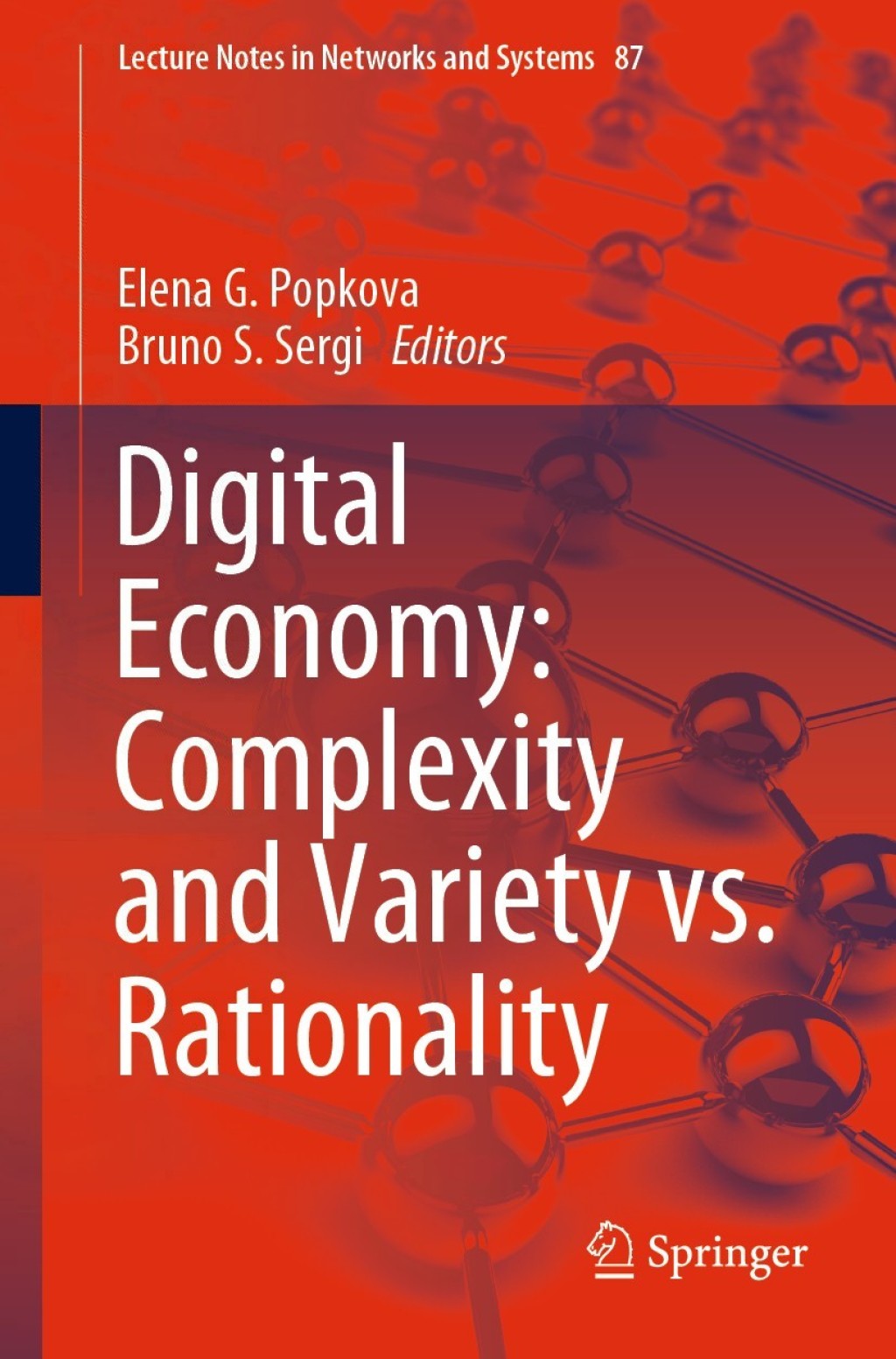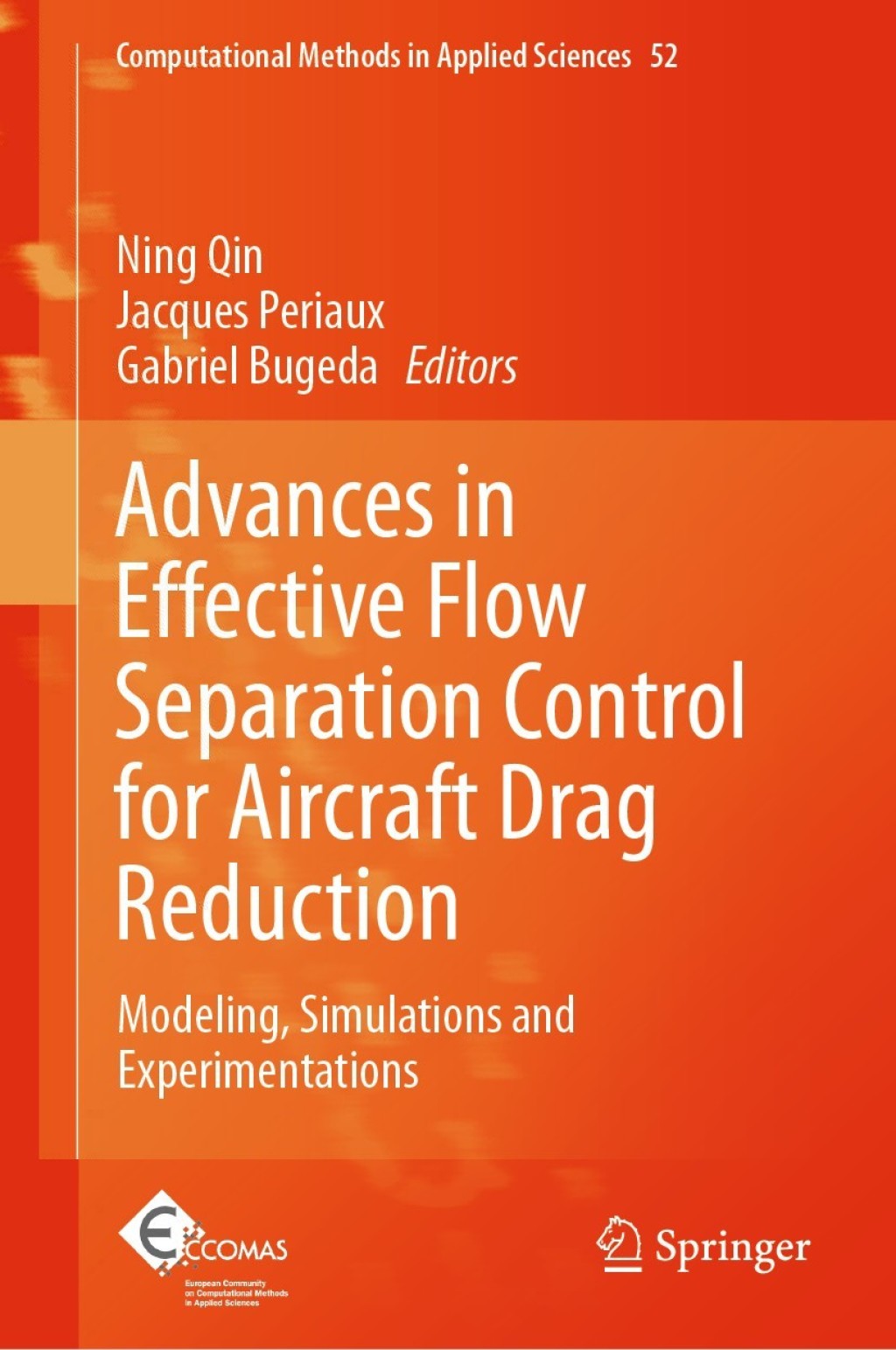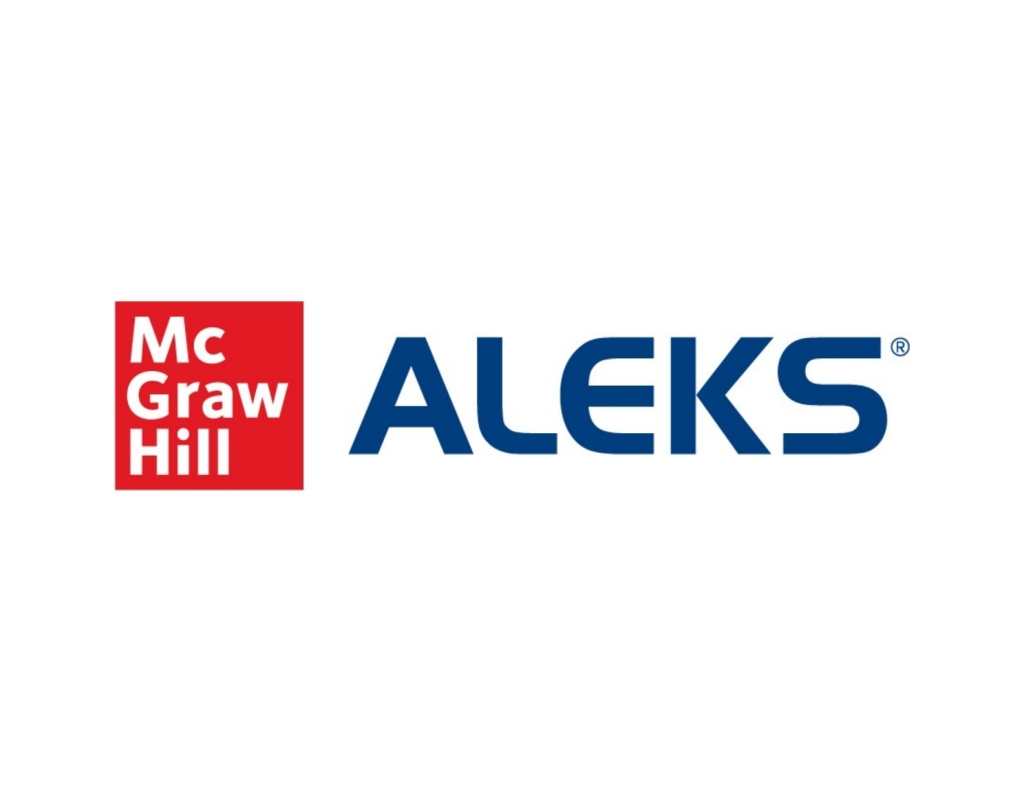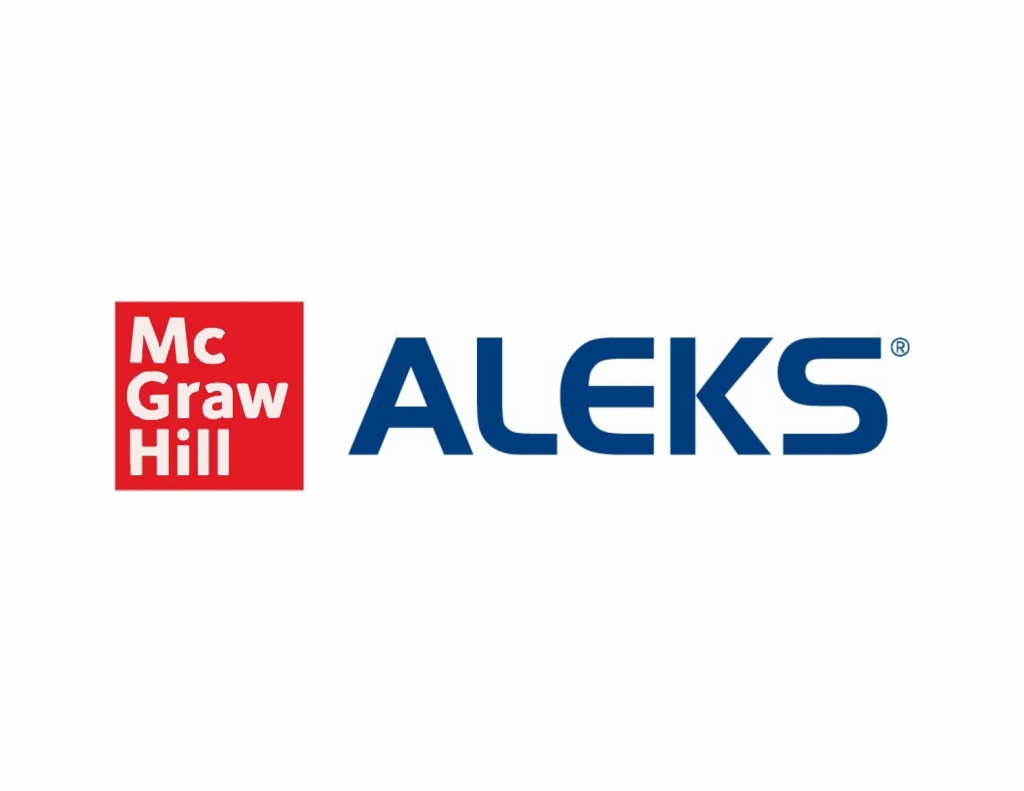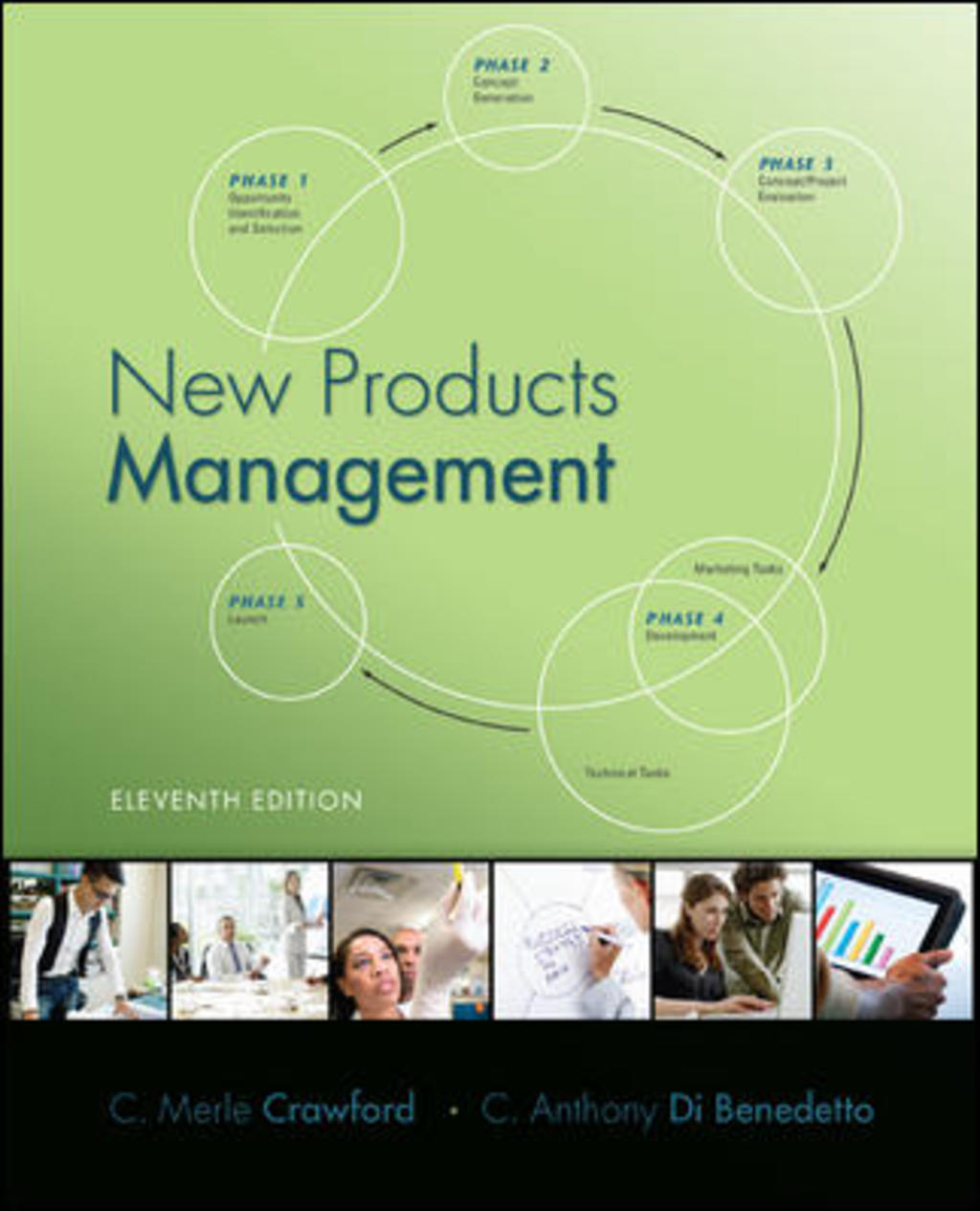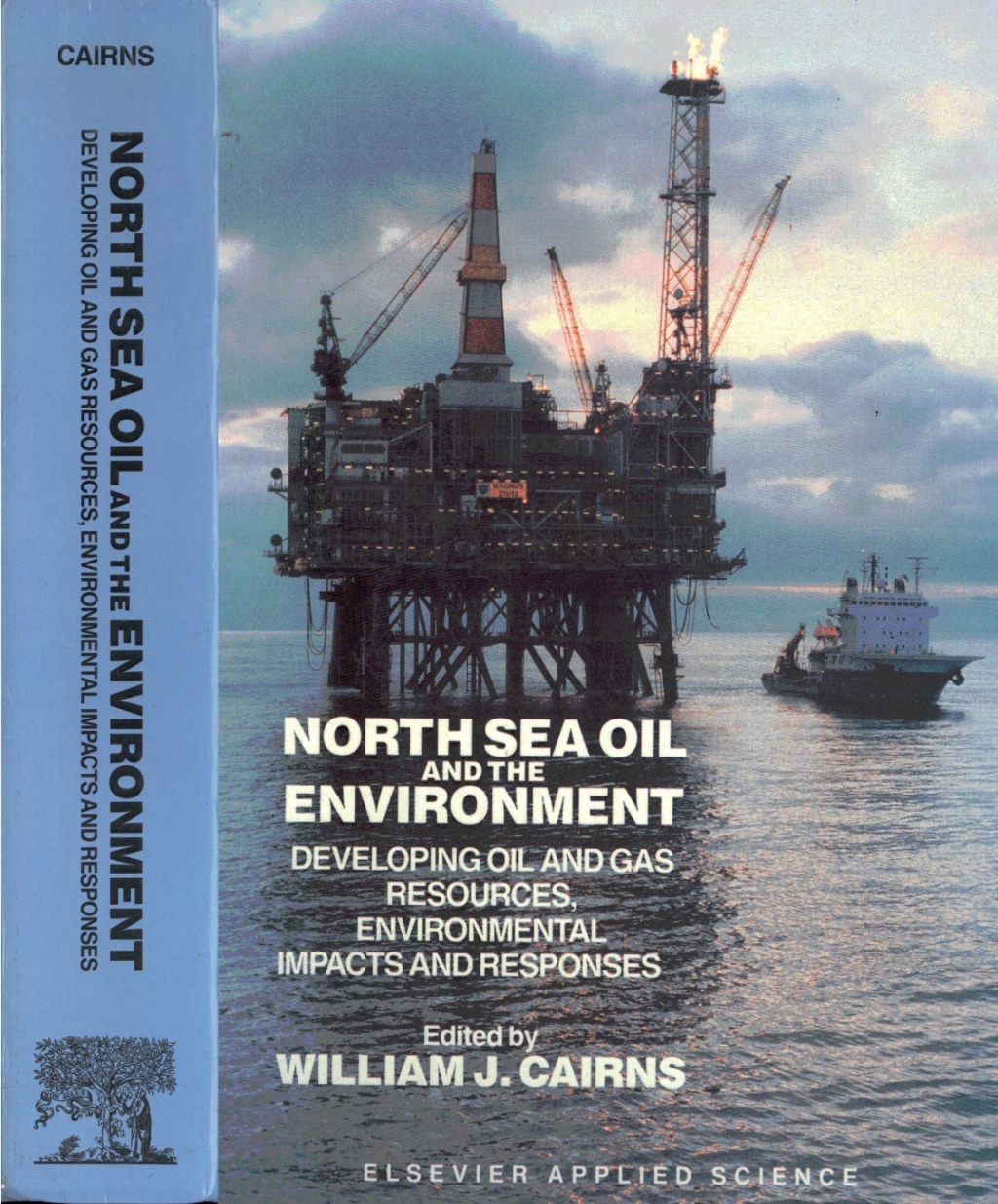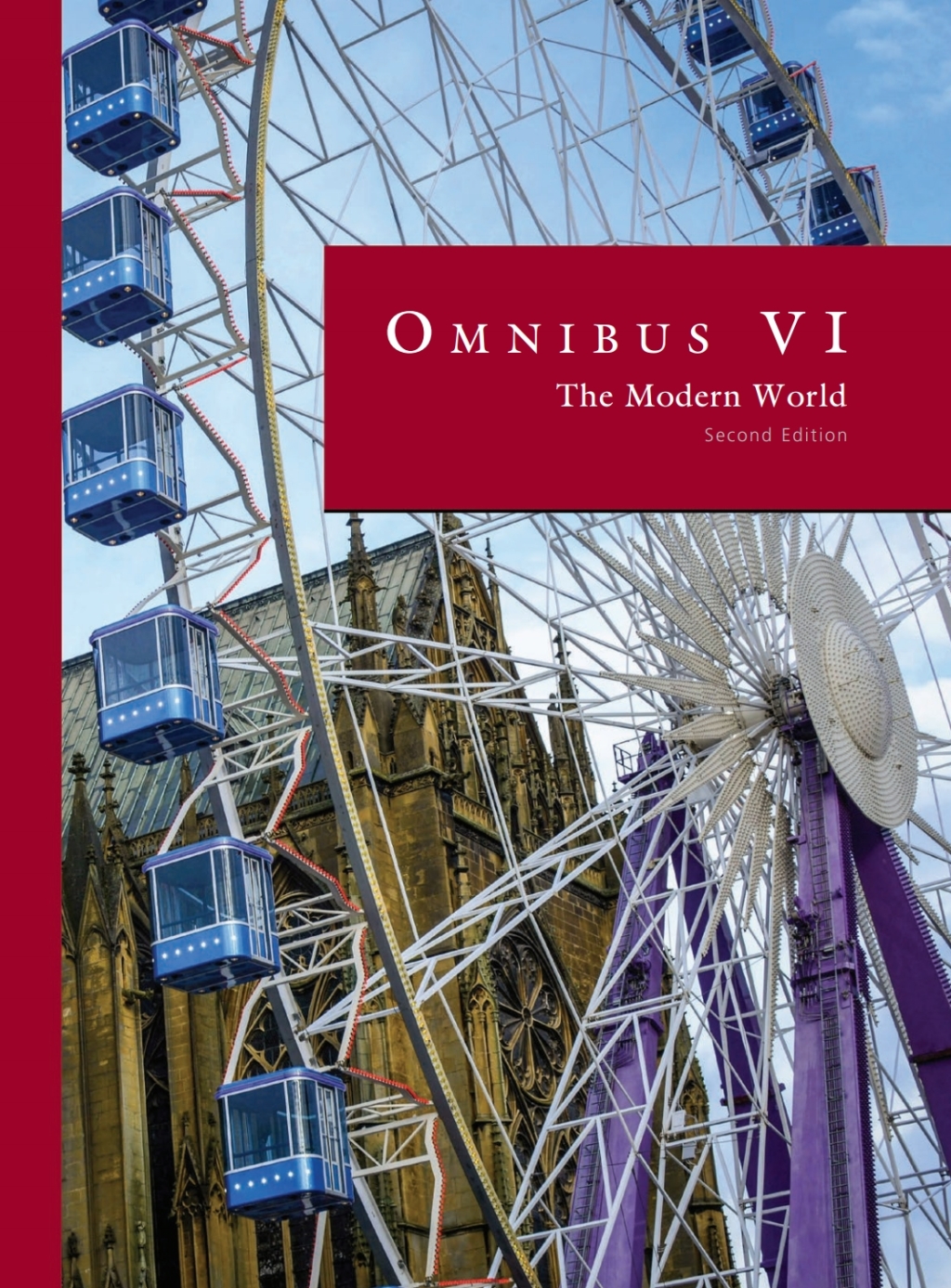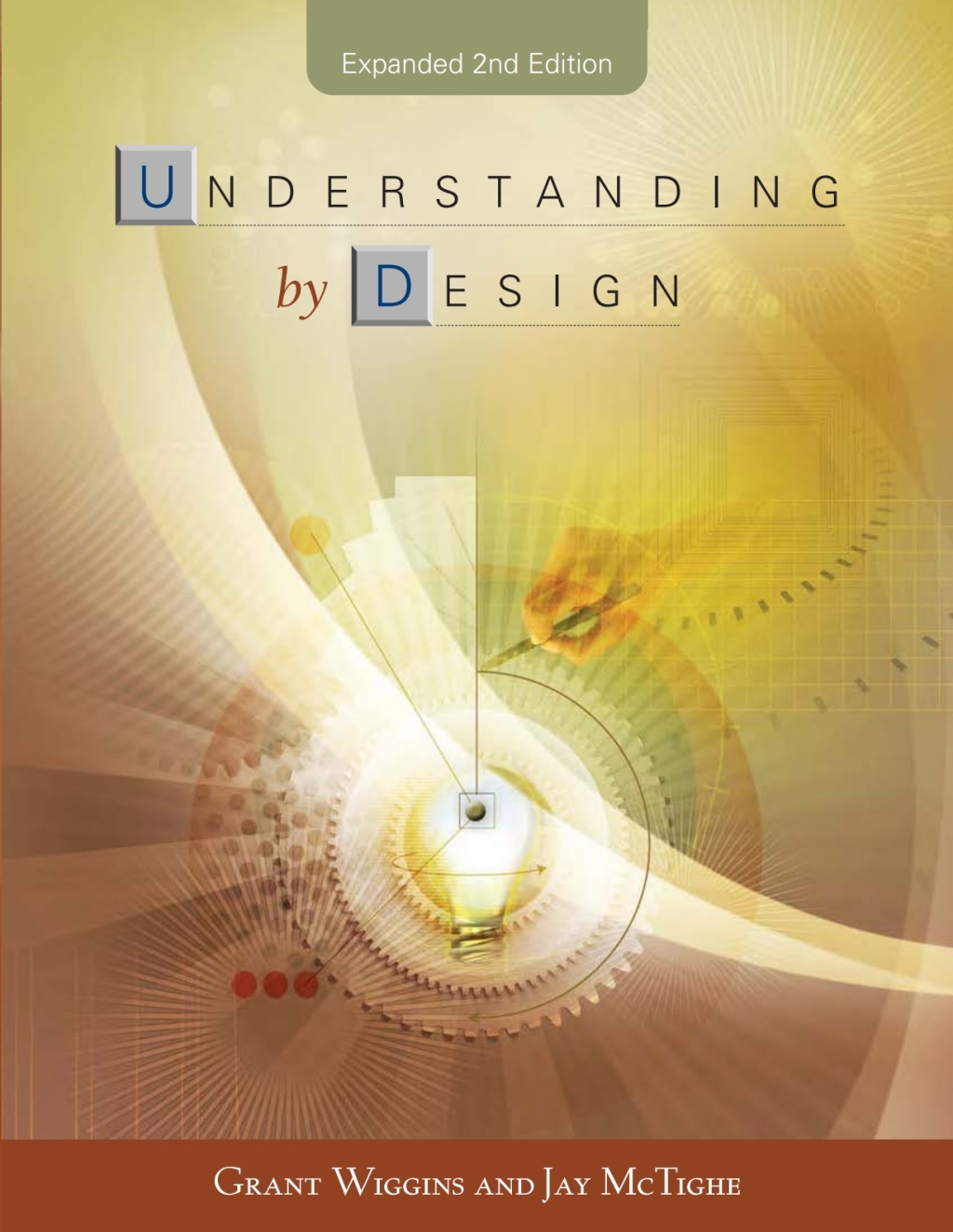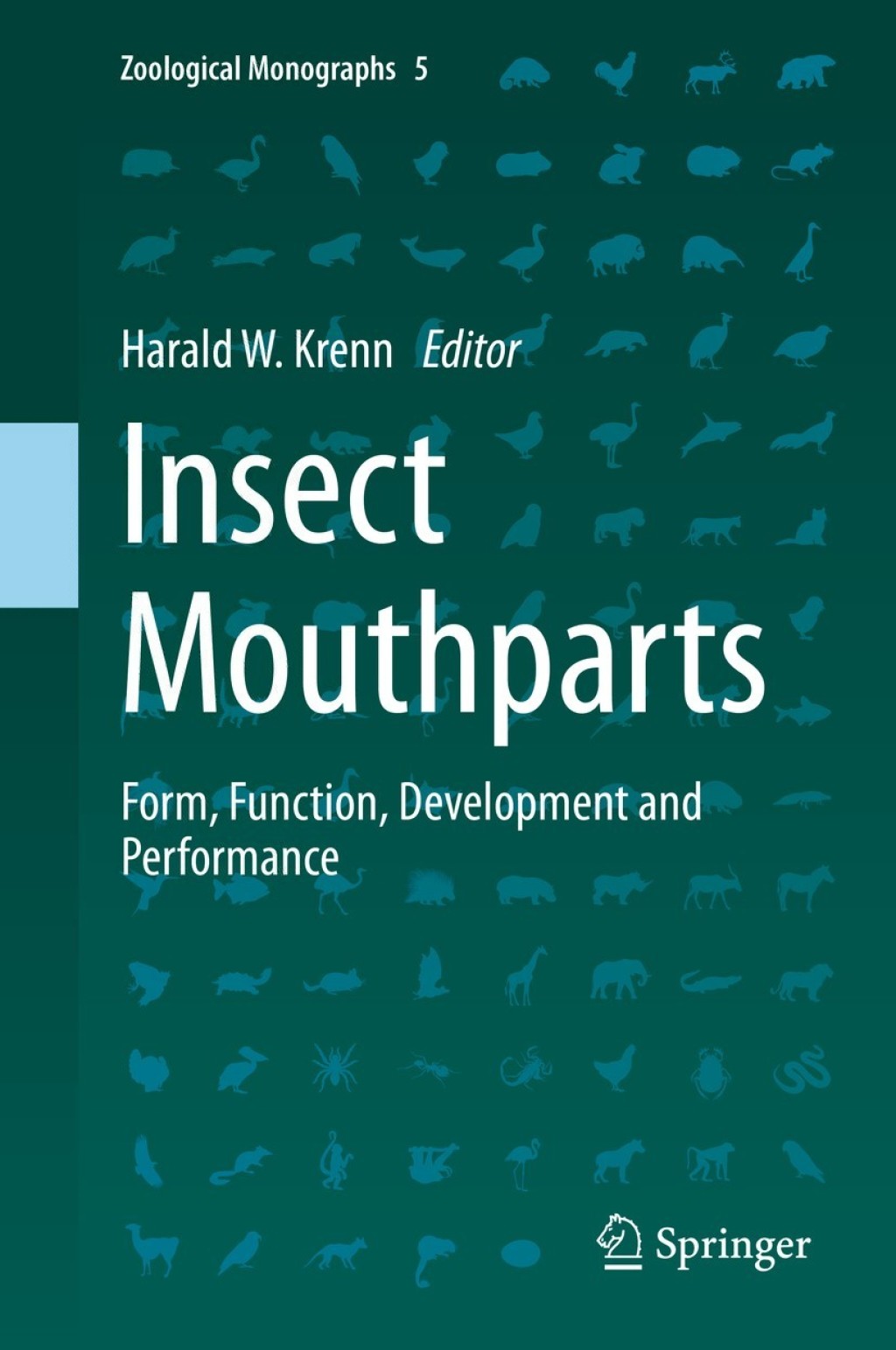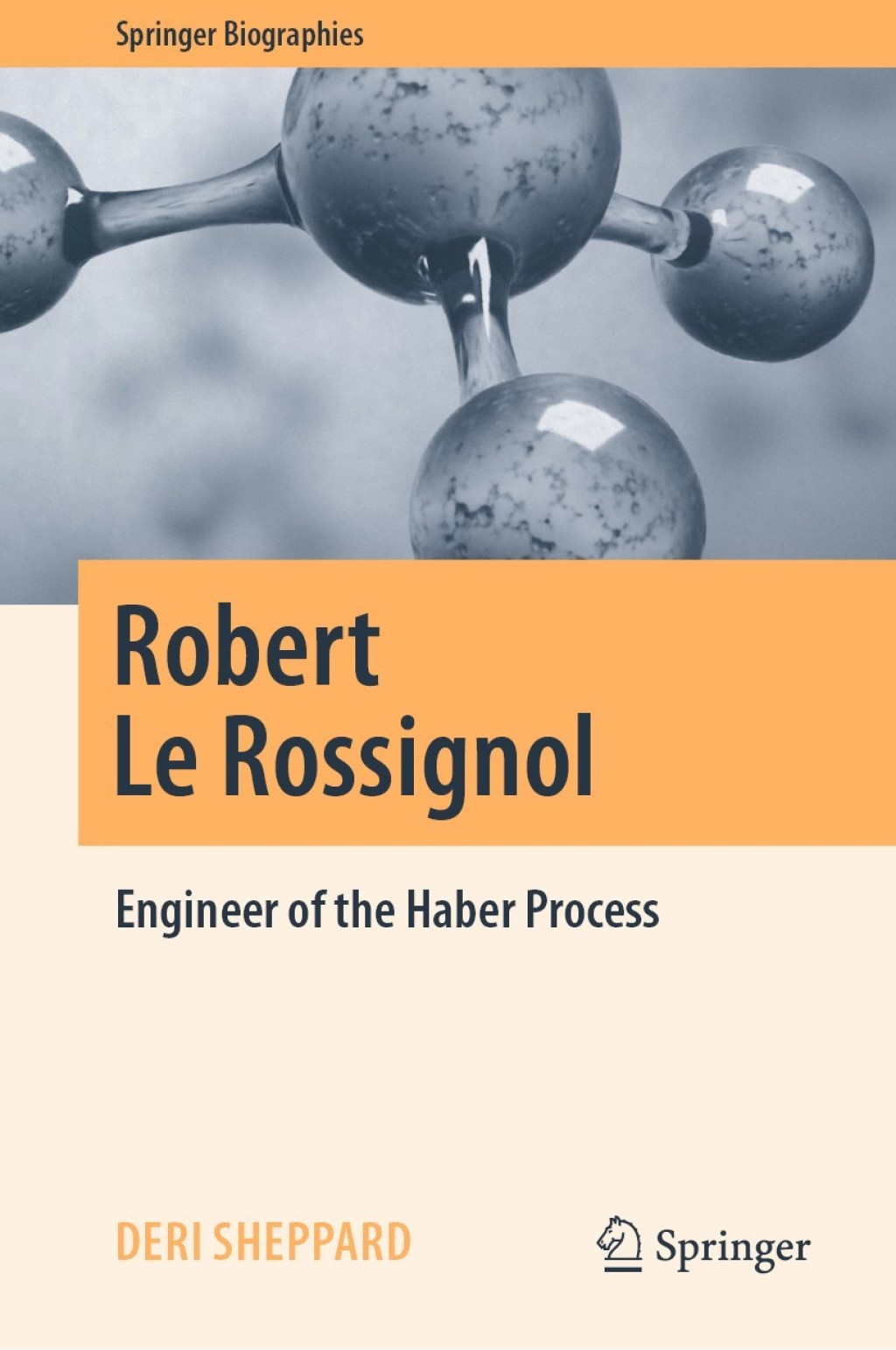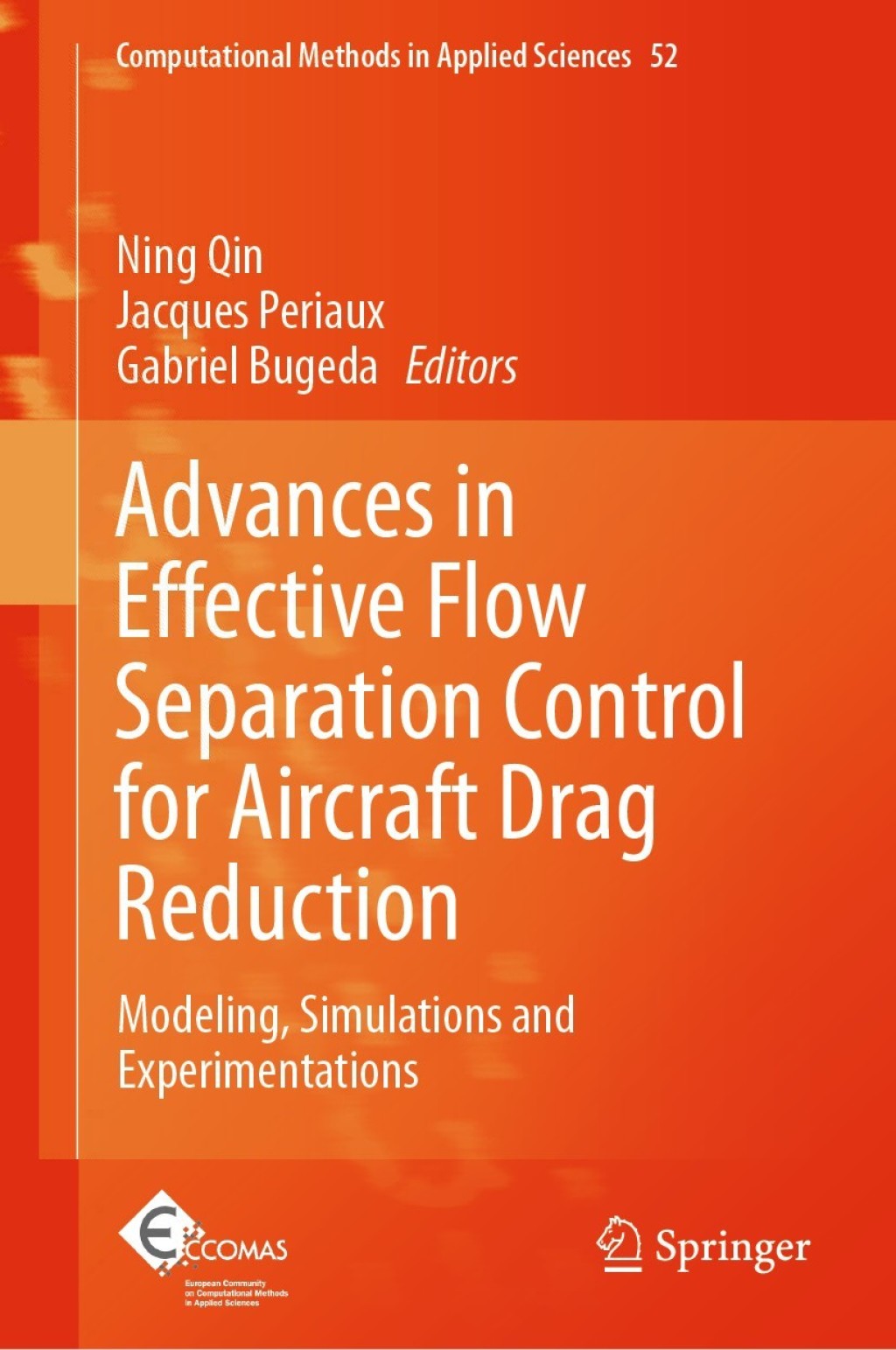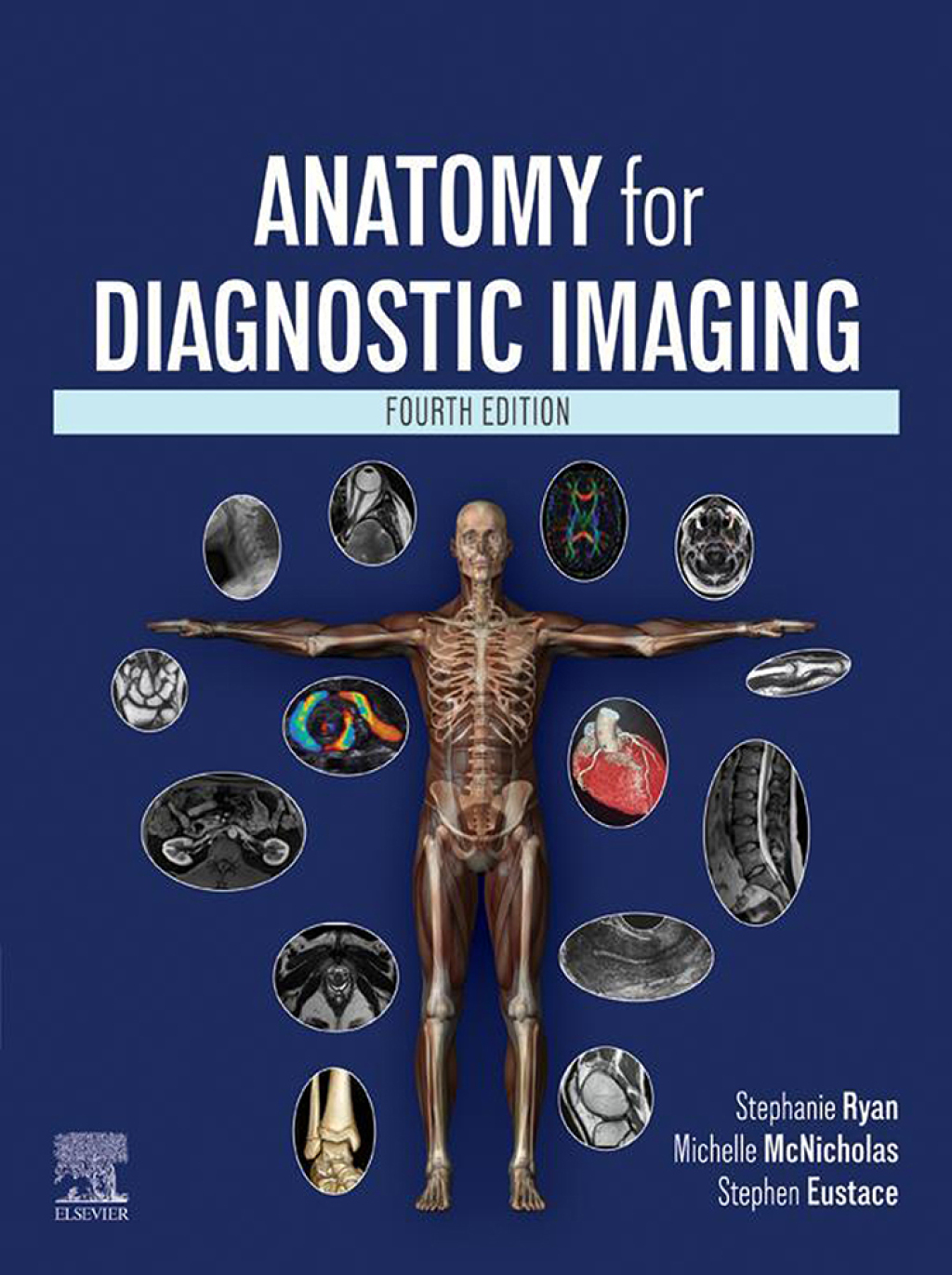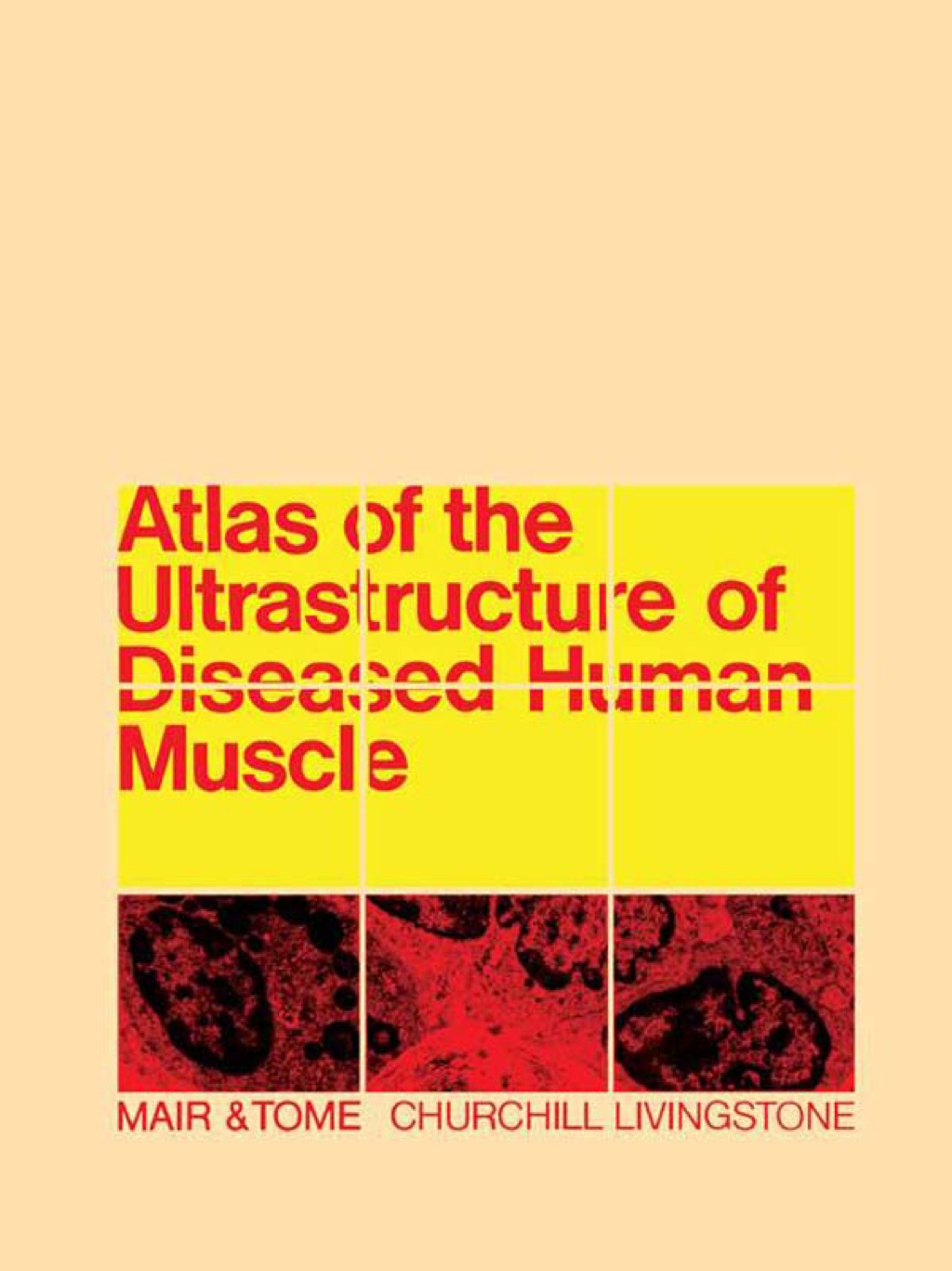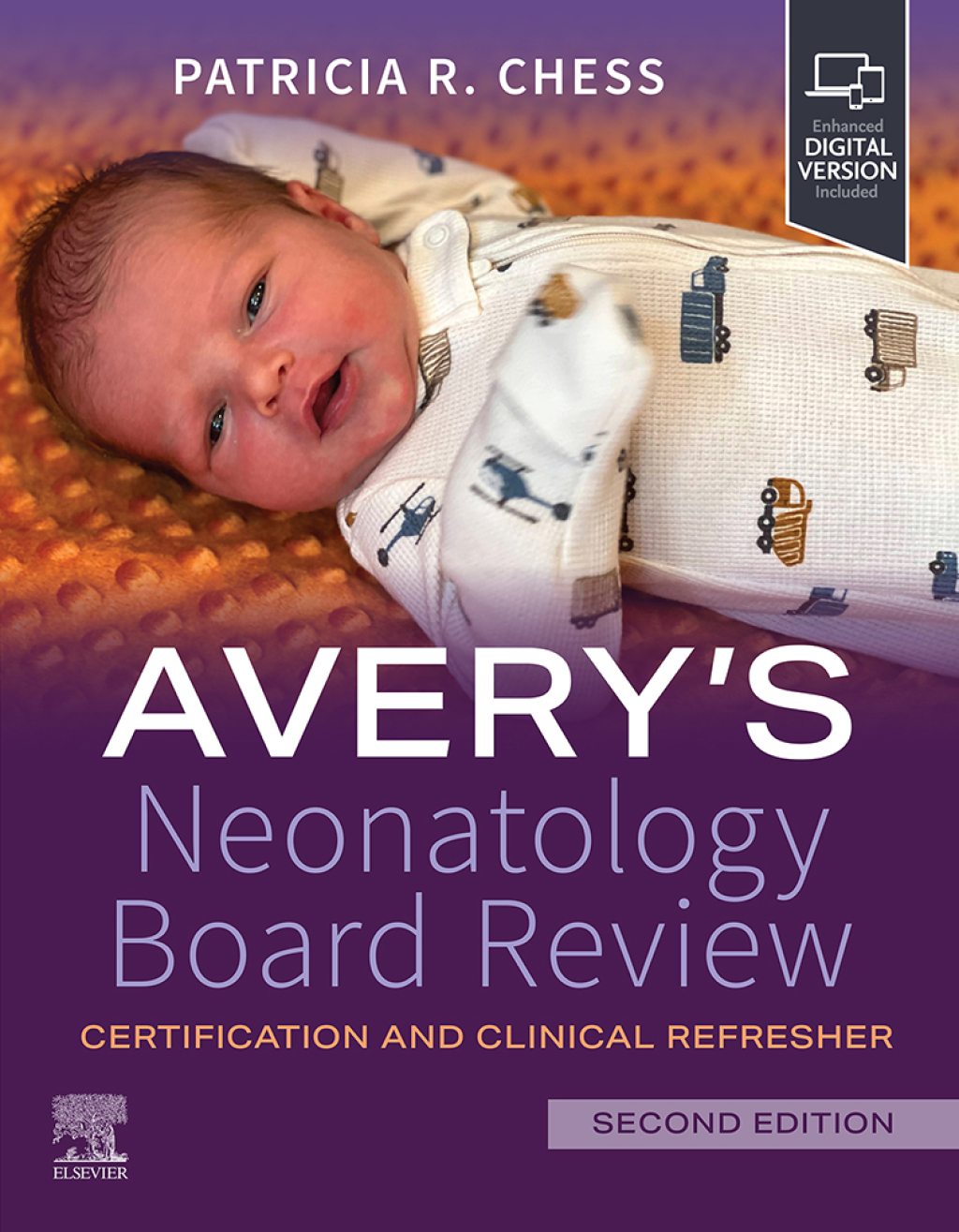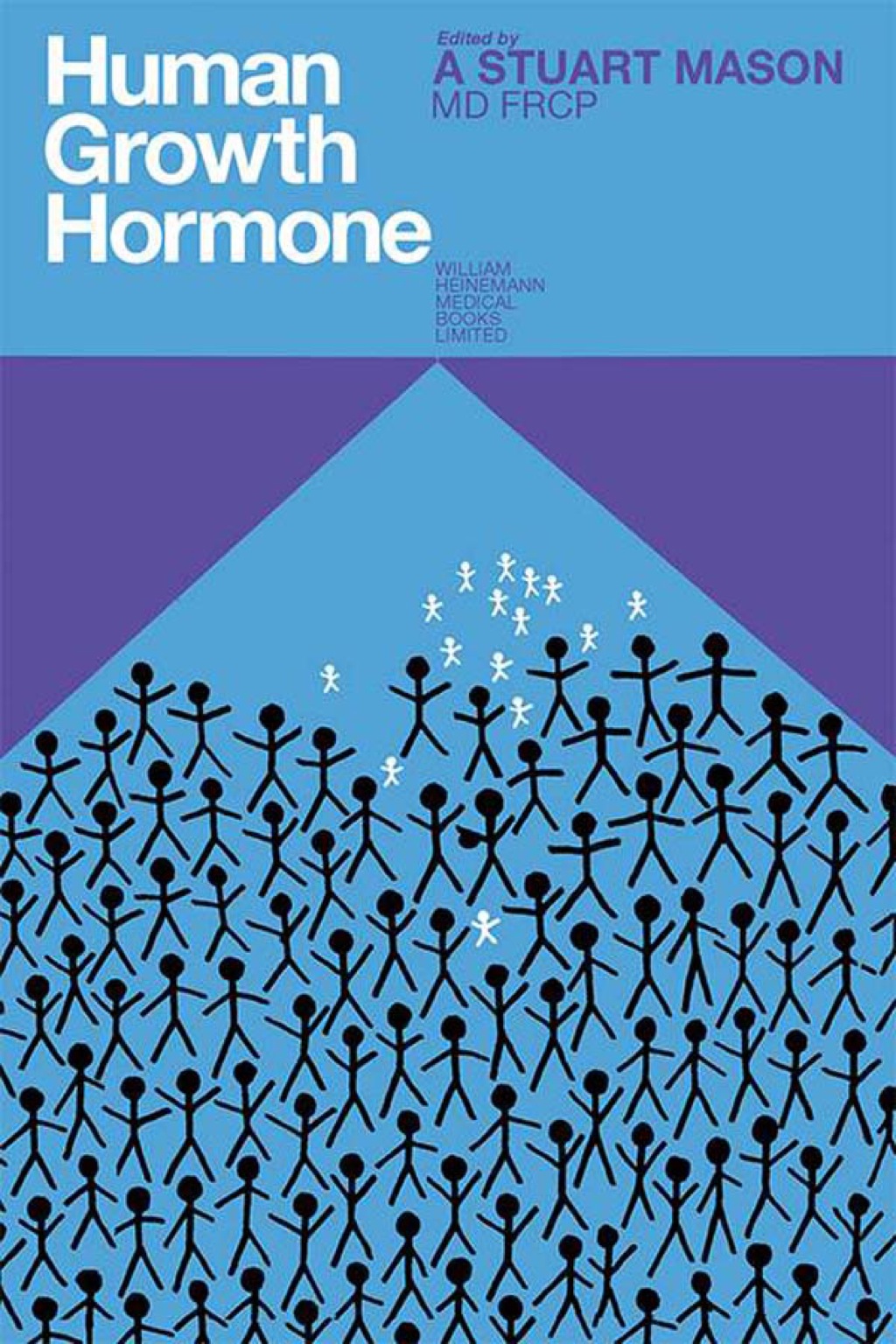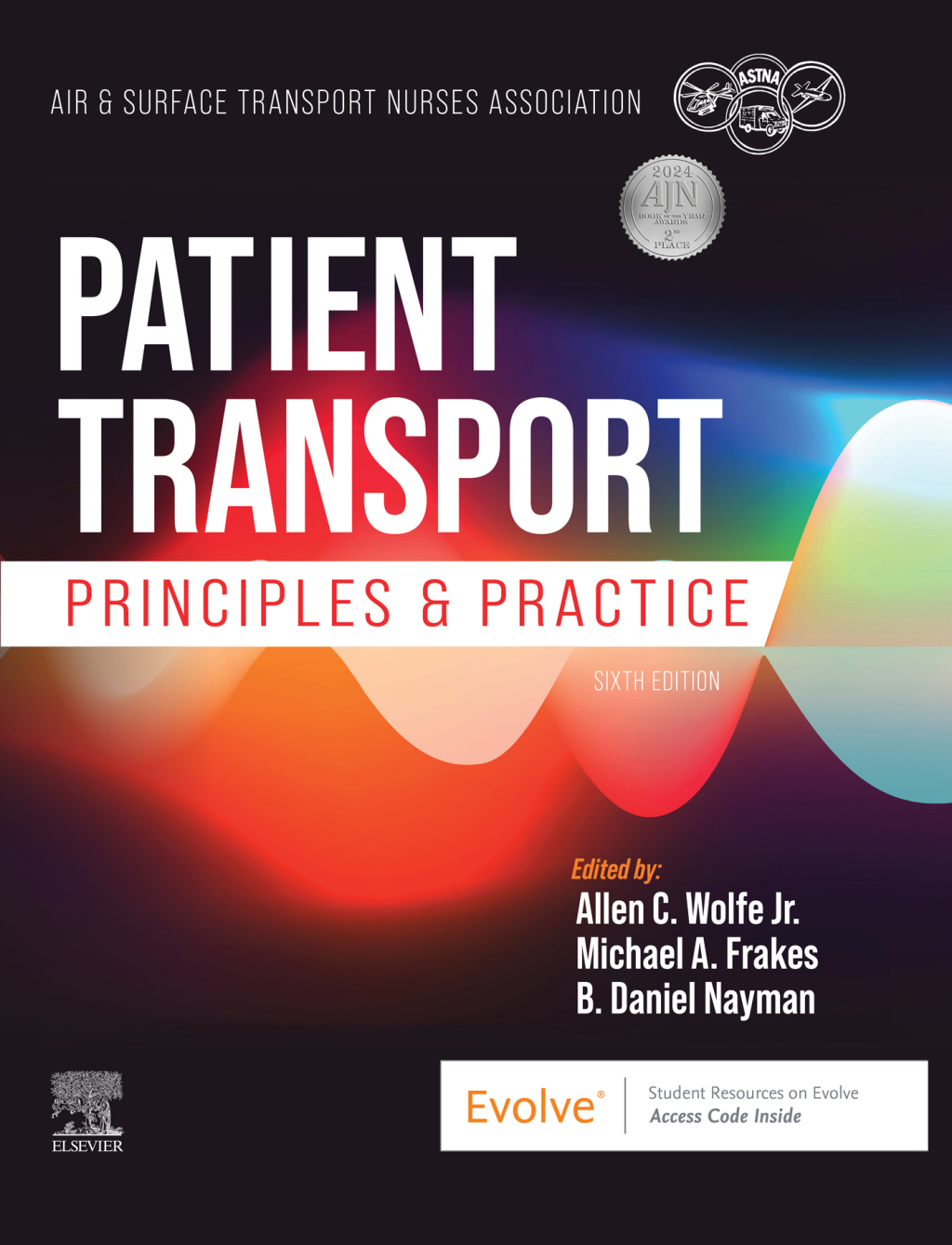Description
This book presents the results of a European-Chinese collaborative research project, Manipulation of Reynolds Stress for Separation Control and Drag Reduction (MARS), including an analysis and discussion of the effects of a number of active flow control devices on the discrete dynamic components of the turbulent shear layers and Reynolds stress. From an application point of view, it provides a positive and necessary step to control individual structures that are larger in scale and lower in frequency compared to the richness of the temporal and spatial scales in turbulent separated flows.

